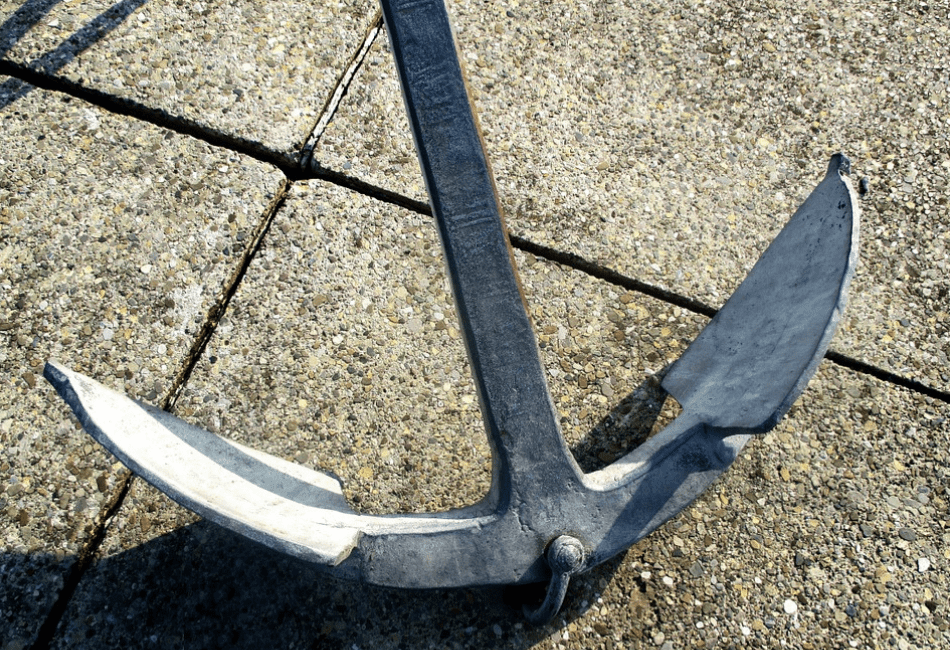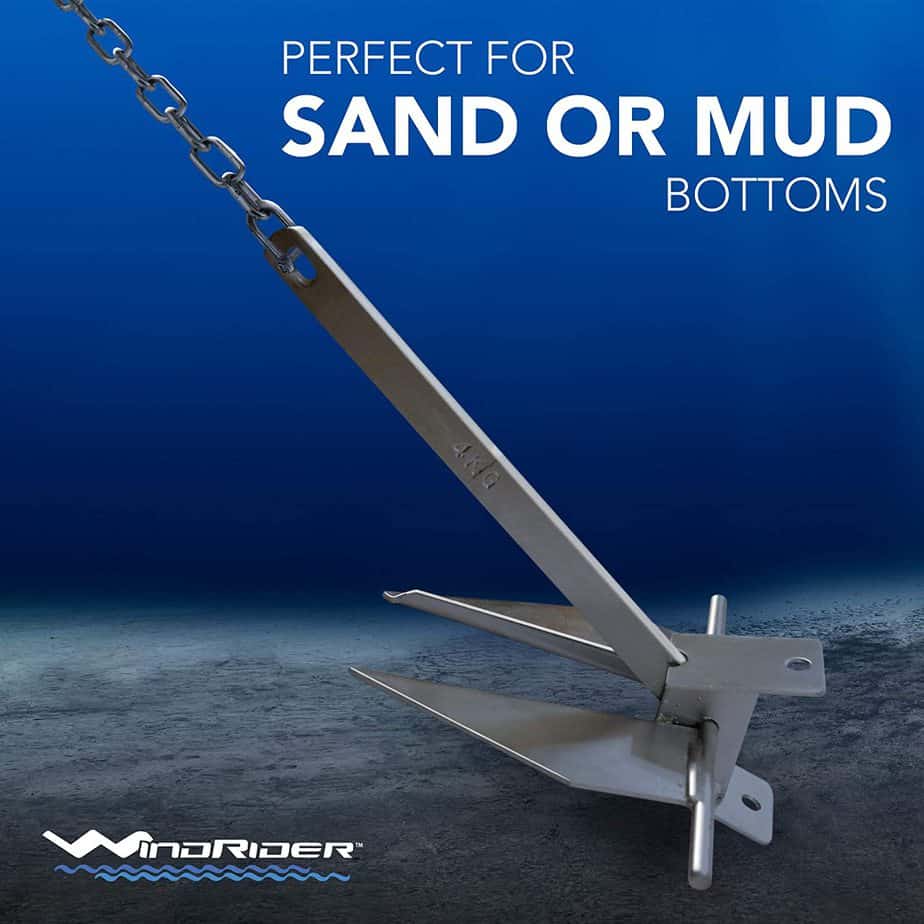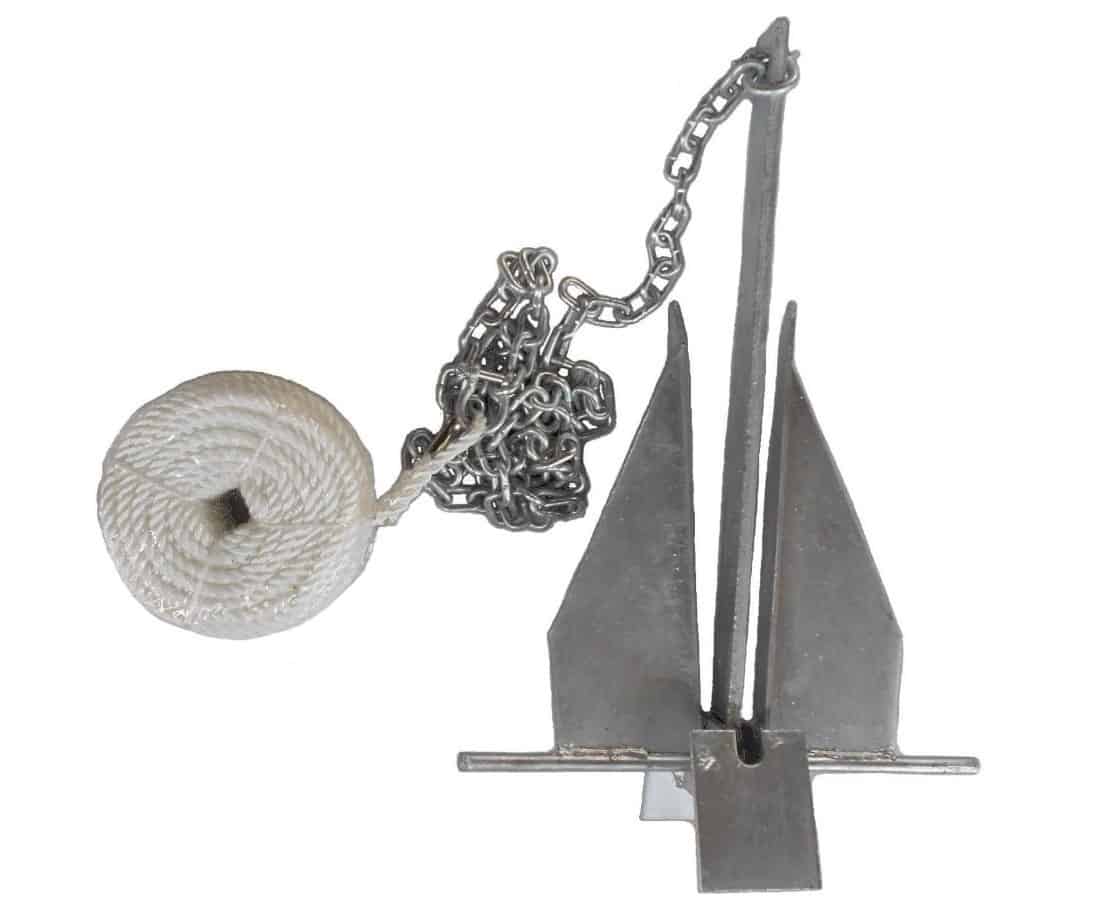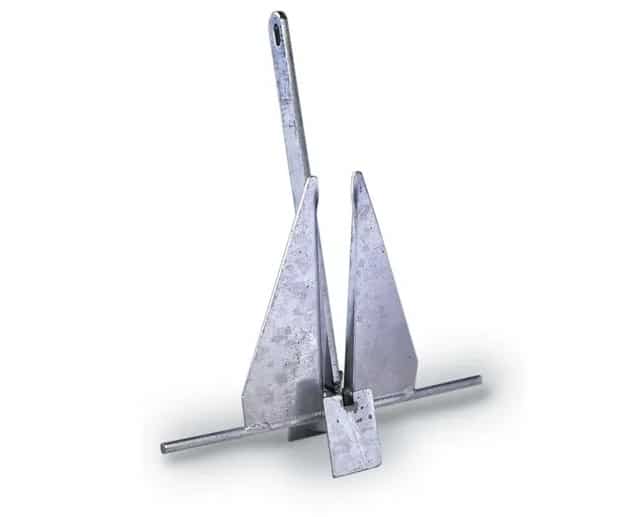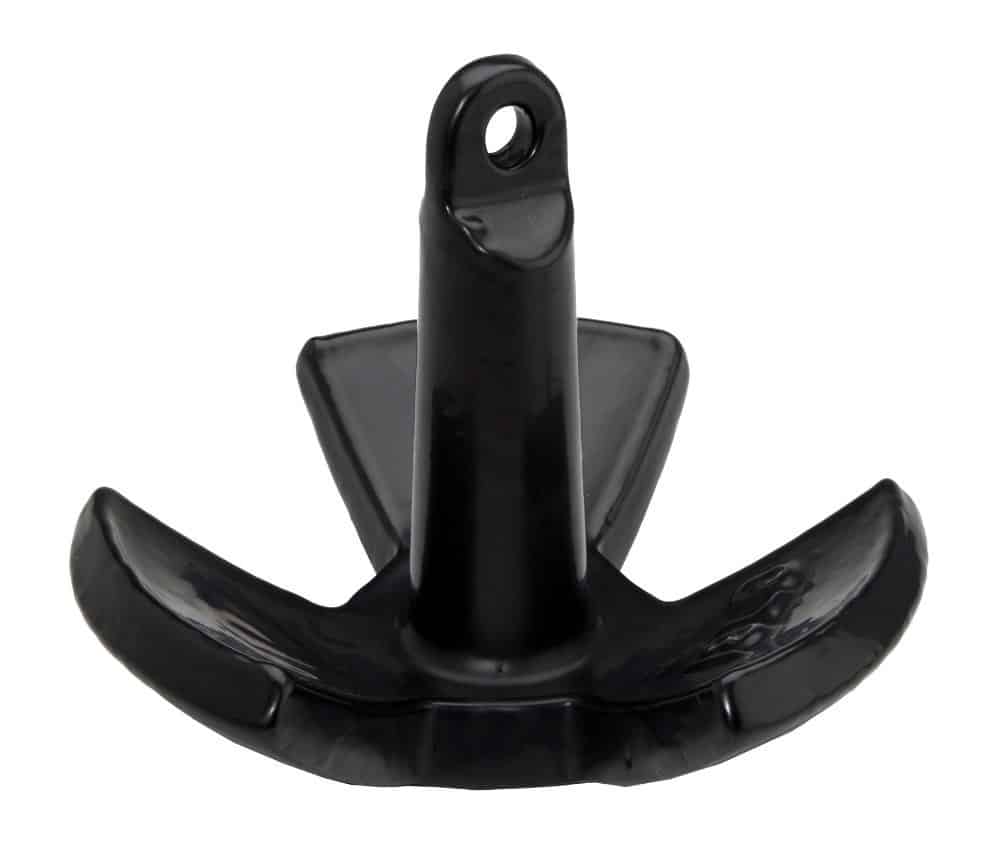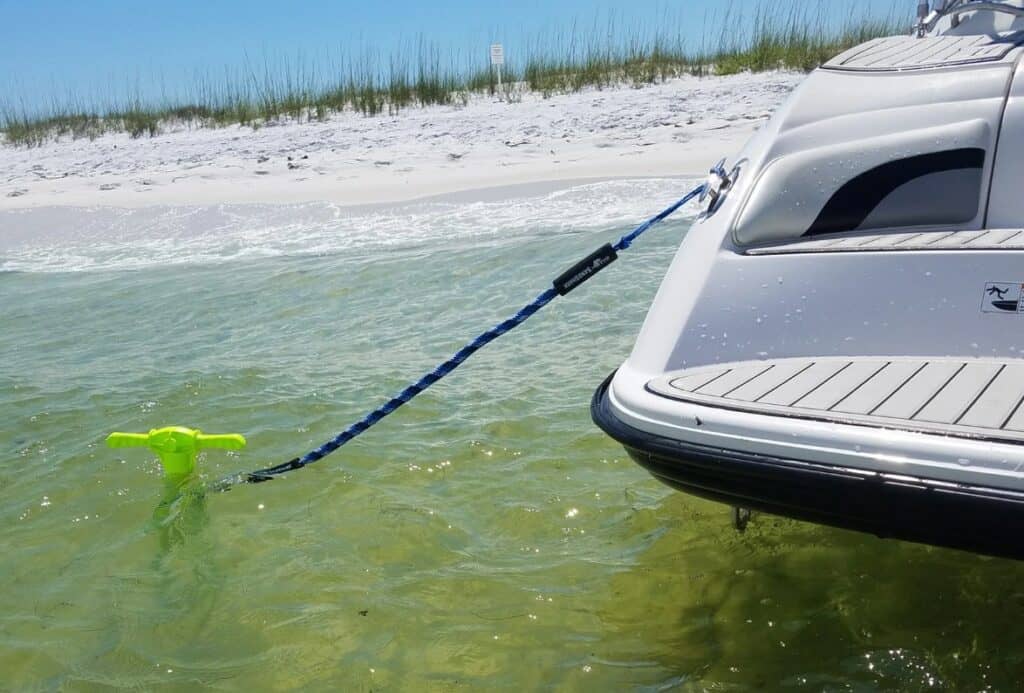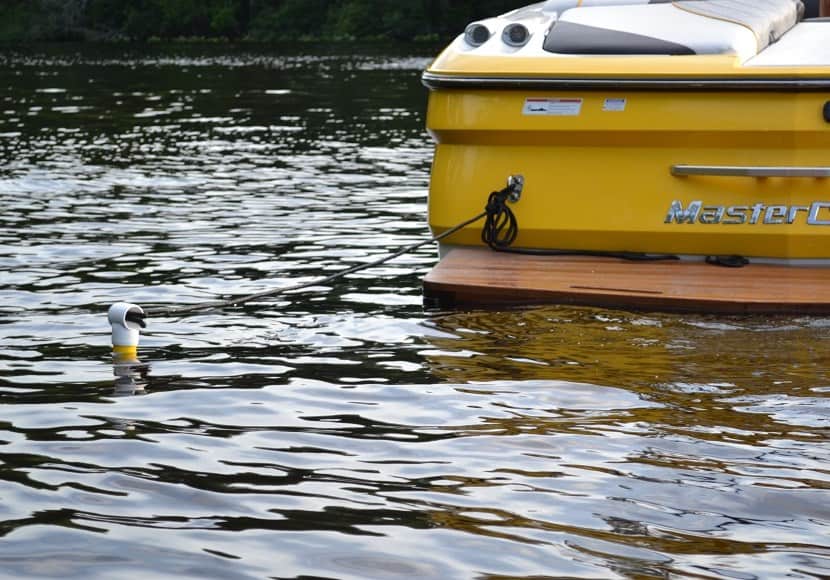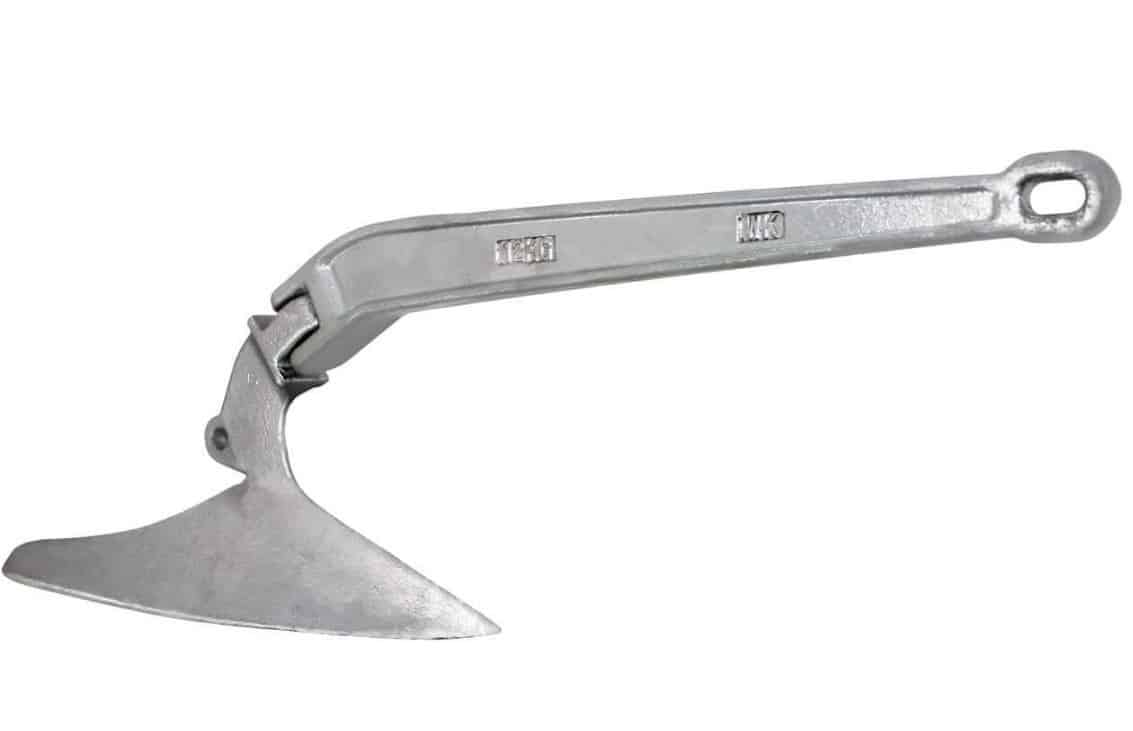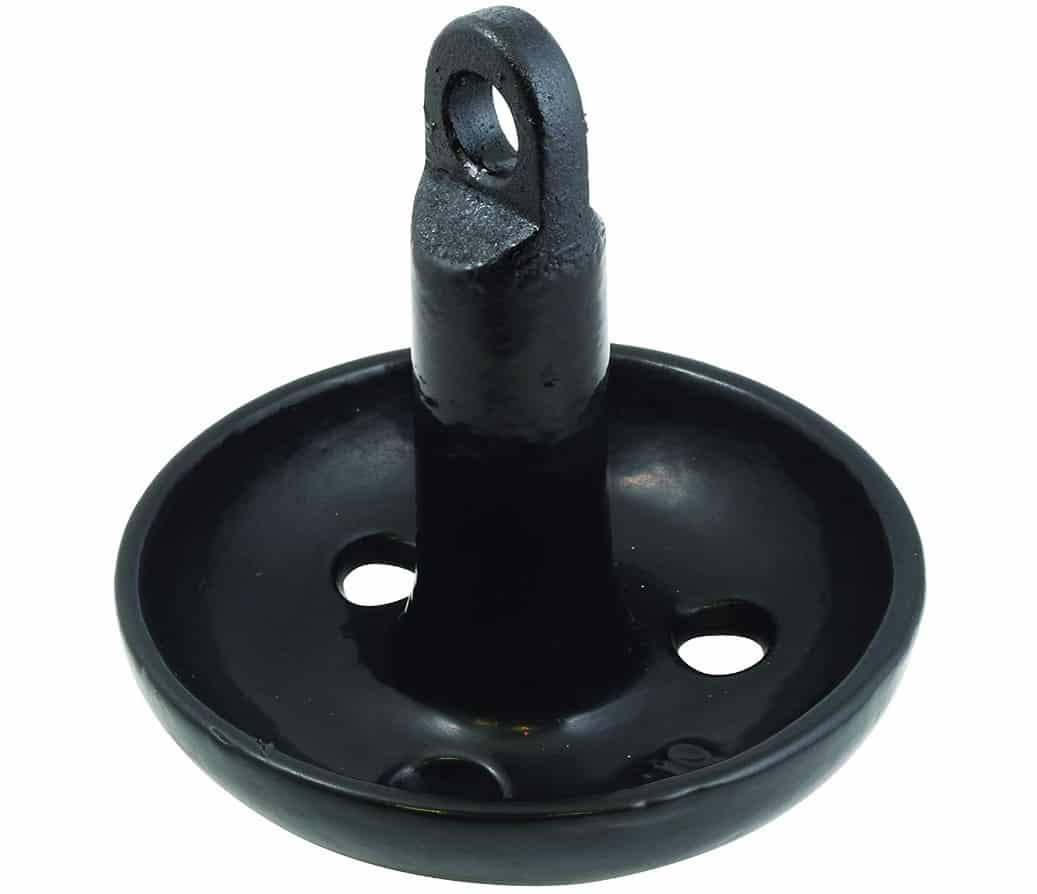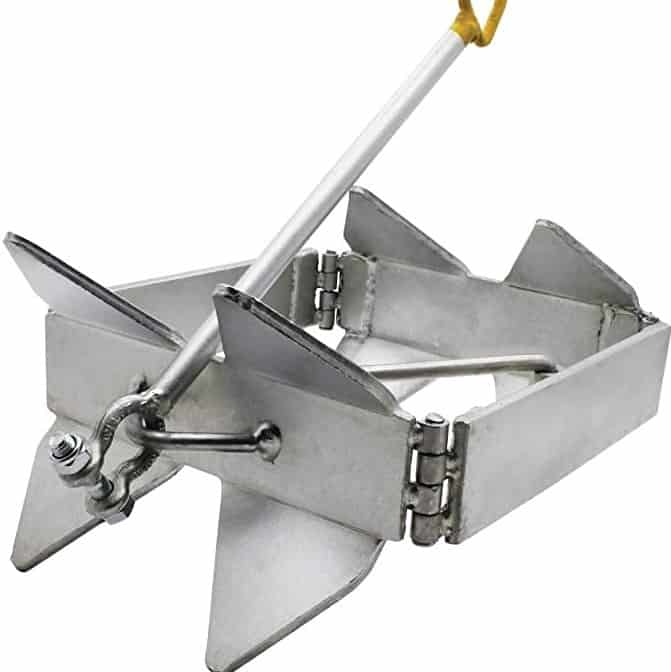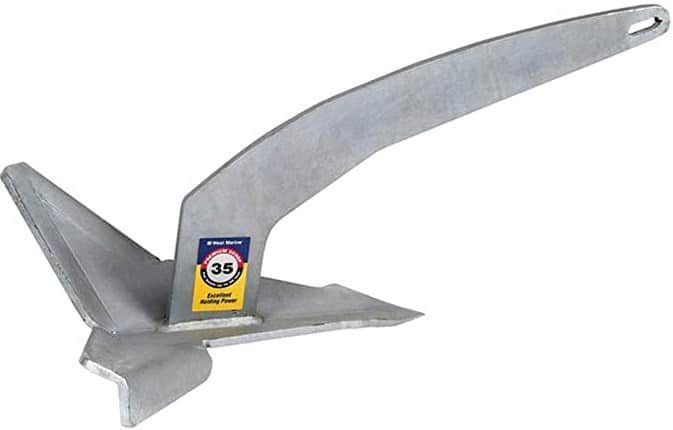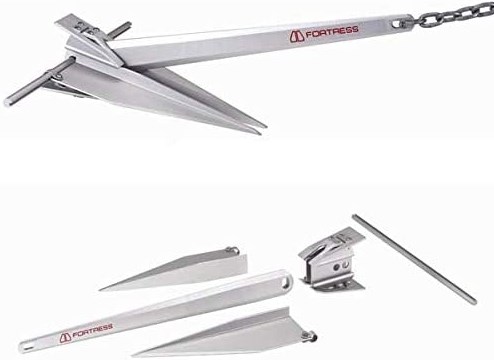- Bilge Pump Float Switch Guide - January 18, 2022
- Best Sand Anchor Options by Boat Type: Our Top Picks! - December 7, 2021
- Cuddy Cabin vs Cabin Cruiser: Breaking Down the Differences - December 2, 2021
Anchors are the unsung heroes of happy times on boats. Anchored in some sheltered cove with a party of friends is what having a boat is all about. Here we are going to go through the best Sand Anchors for different boat types. Naturally, the size of the anchor is dependent on the size of the boat, but also you will need an anchor suited for sandy bottoms.
We will also discover a couple of anchors designed for keeping your boat stationary close to the shore. We will concentrate on anchors for boats that don’t have windlasses, so the anchor’s weight will be an important criterion.
Let’s start with anchors for Pontoon Boats. Because of the shape and size of Pontoon Boats, they usually have more area for the wind to push against, so the anchor has to contend with greater forces.
Best Pontoon Boat Anchor
In comparison to monohulls, Pontoon Boats put a lot of strain on the anchor. So you will need an anchor that relies on design as opposed to weight to keep your boat safe. Many anchor makes are of similar design, and for sandy conditions, anchors with flute-type designs are preferred.
Flute-type anchors have two advantages
First, they have a large surface area to provide good contact with the sandy bottom, and secondly, they can dig themselves into the sand or mud very quickly. So now, we have identified the group of anchors that offer superior performance for Pontoon Boats and sandy bottoms. We now need to identify the other qualities required.
Weight
There are two other factors to consider—the weight of the anchor. Without a windlass, it will be your arms hauling up the anchor, and the anchor always seems to get heavier the closer it gets back to the boat.
‘Storeability’
How easy is it to stow the anchor, and how much space will it take up? And then, there are two other issues to consider. First, how much chain will be required to ensure that the anchor positions itself correctly on the bottom and how resistant to corrosion the anchor is.
Ideally, we are looking for a light anchor with:
- excellent holding power
- suitable for sandy conditions,
- resilient to corrosion,
- can be stowed efficiently
Let’s look at some of the most popular anchors and see how they satisfy our criteria. Anchors with flutes are ideal for sandy conditions, and they store efficiently, either packed horizontally or vertically.
The Windrider Boat Anchor
It is an articulated flute anchor with tremendous holding power intended for boats of up to twenty-four feet. It is a lightweight anchor that is supplied with a kit including line, anchor chain, and shackles. All the metal parts are hot-dipped galvanized to minimize corrosion. In addition, the design incorporates a hole in the stock to accept a tripping line to recover the anchor if it snags.
MarineNow Anchor
This anchor is available in three different sizes, which makes a lot of sense to me. All too often, a second and lighter anchor is so helpful, particularly if the wind direction frequently changes. The available sizes range from five to thirteen pounds, and the latter is suitable for Pontoon Boats up to around thirty feet.
Much like the Windrider Anchor, the MarineNow Anchor is provided in a kit form and includes chains, lines, and shackles. All the metal parts are hot-dipped galvanized.
The Tie-Down 95045 Anchor
The Tie-Down 95045 Anchor weighs in at fourteen pounds. However, its galvanized wide flutes can withstand a seven-hundred-pound pull, so it is a reassuring piece of equipment to have on board. It is also available in a smaller nine-pound version for smaller boats, while the larger one is suitable for boats up to thirty feet.
The Atwood Pound Navy Anchor
Unlike the other flute anchors, this is a cast iron anchor coated either with a PVC or painted aluminum. The anchor is more compact than the flute anchors and weighs fifteen pounds.
The coating, however, is the weak point as it may be removed by abrasion when in use. The Atwood Pound Navy Anchor is smaller than the flute-type anchors mentioned above. The fifteen-pound version of the anchor is suitable for Pontoon Boats up to thirty feet in length.
The Benefit of having two Anchors
On a calm day in a sheltered cove, light and smaller anchors will be quite sufficient to keep your boat safely in one place. This saves a lot of heaving and hauling. However, when the current and wind is pulling at the boat, the heavy anchor will be required, and then the lighter anchor can be used to stop the boat from swinging around as the current and wind tug in different directions.
A second anchor helps to keep the boat stationary and allows the boat to be positioned to comfortably handle the swell.
Pontoon Boats are frequently anchored close to the shore, and this is where we should look at specialized anchors that are secured to the beach as opposed to being underwater.
The function of these anchors is to keep the boat stationary close to the shore, and they are especially useful if there is an offshore wind blowing.
The Sandshark Water Beach Anchor
This is a plastic anchor totally dependent on the design to stop your boat from drifting off. It has an auger bit that quickly penetrates deep into the sand or mud and develops significant holding power. Typically two of these anchors would be required to keep your Pontoon Boat stationery.
These anchors are super easy to stow on board as they take up little space. In addition, being made of plastic, they are incredibly lightweight.
The AugAnchor
A similar concept to the Sandshark Anchor also has an auger bit that gets the PVC shaft deep into the sand or mud. These anchors are often used as ‘fore and aft anchors to keep the boat stationary in shallow water. They are super lightweight (in fact, the handles float) and take up little storage space. Also, made of PVC, there is no threat of corrosion.
Remember that Auger-type anchors are meant to be used in calm conditions.
Anchors for Monohull-type boats
Monohulls have less windage generally than the rather squarish shape of the Pontoon Boat. Consequently, they are a little easier on the anchor and can often get away with a smaller, lighter anchor. Storage is an important factor to consider on the monohull boat, so we will be looking for anchors with excellent holding power in sandy conditions, but they will also have to take up little room onboard.
The anchors that we covered in the Pontoon Boat section will do an excellent job for monohulls, but there are a couple of other types of anchors that work well for monohulls, so let’s have a look at some alternatives.
Plough Anchors
These anchors come in two versions: hinged and unhinged. Both are good for various bottom conditions, but they don’t have the holding power of the fluted anchors in sand.
Modifications such as the fitting of a roll bar to ensure the anchor sets correctly have improved the performance of the anchor, but the downside of this is that the anchor takes up a lot of valuable storage area. Popular examples of these anchors are the Bruce Anchor and the Delta Plough Anchor. (https://www.nauticed.org/sailing-blog/types-of-anchors-and-where-they-are-best-suited/)
Grapnel Anchors
These foldable anchors are available in a wide range of sizes. The four arms of the anchor foldup which makes for efficient storage however the anchor does not perform well in sandy conditions as there is too little surface area to provide significant resistance. It is a good anchor for small kayaks and canoes.
Mushroom Anchors
These anchors look like mushrooms and are ideal for calm conditions. Generally used for small boats, they develop their holding power through their shape. They are often coated with a PVC protective layer, and their round shape prevents the anchor from damaging the boat. (https://www.plastimo.com/en/ancre-champignon.html)
Box Anchors
Box anchors are neat and compact and many manufacturers also supply a storage bag for this anchor. While this type of anchor does function in sandy conditions it achieves greater holding power where the bottom is mainly muddy.
Claw Anchors
These solid Anchors were originally designed for North Sea Oil Rigs. They have fairly good holding power in sandy conditions but their main drawback is unless you have a bow roller on your boat storing them is a problem because they do take up a fair amount of space.
Scoop Anchors
These anchors look like a shovel that has had the handle replaced with an anchor stock. Their holding power is good however, hauling the anchor up can be a serious mission as the scoop tends to hold onto a sizable chunk of the bottom mud on its way back to the boat. So, unless you have a windlass and a chain wash on board I would suggest using an alternative design.
Choosing the suitable material for your Sand Anchor
Anchors are made of four types of material: cast iron, mild steel, stainless steel, and aluminum.
Cast Iron anchors
Like the Atwood Pound Navy Anchor we discussed above, cast iron anchors tend to be heavy and are generally used for ships that have windlasses on board to do the heavy hauling in the anchor.
Stainless Steel anchors
These anchors look spectacular. Bright and shiny with neat welding seams, they are the showroom anchor types. Sadly some rough handling or snagging on some rugged rocks will destroy the unblemished surface of the anchor. They also cost considerably more than their less flamboyant colleagues.
Aluminum Anchors
Anchors that rely on design rather than weight for their holding power are often made of aluminum. They are lighter than their steel counterparts, but they lack the strength of steel on the negative side. One of the most popular makes of Fluted Aluminum Anchors is the Fortress range which can accommodate boats from twenty to one-hundred-and-fifty feet. However, for light weather conditions, they have the advantage of being so much easier to handle, and with their fluted design, they can demonstrate impressive holding power.
FAQs
Answer: You can consult tables that will stipulate the correct anchor weight according to your boat length, but I would suggest using a general rule as a guide. The rule is quite simple and suggests that for every foot of boat length, you will require one pound of anchor weight. You can moderate this equation if you can factor in the sailing conditions you generally encounter. Here we are dealing with sandy bottoms where the holding power of flute anchors is significant, so you may well get away with a lighter anchor, but to be safe, use two anchors—one light one for casual use and the big guy for when you’re not quite so sure.
Answer: Generally, the breaking strain of the Achor Rope is going to far exceed the holding power of the Anchor. The real test is when the anchor line snags on an object and is exposed to sharp edges.
A three-strand nylon rope will be able to withstand some pretty robust treatment, and the three-eights diameter rope can withstand a pull exceeding three-thousand pounds.
Make sure that the line comes complete with 316 stainless steel fittings. They are a little more expensive, but there is nothing better to resist corrosion than this grade of stainless steel.
Make sure the anchor line you are buying is UV resistant.
Answer: Most anchors have holes specifically drilled to accept a tripping line that is linked to a buoy. If you find that your anchor frequently is difficult to retrieve, consider fitting a release line with a small buoy that will allow you to haul the anchor free.
If you have not fitted a release line, then the idea is to haul in the anchor line from the bow until it is taut. Belay the anchor line at the bow and slowly edge the boat into the wind with your motors gently idling ahead. This will tug on the anchor in the opposite direction of how it settled, and a gentle nod of the bow will tell you that your anchor is free. Settle the engines in neutral and haul up the anchor.
Conclusion
Being safely at anchor is one of the most pleasant aspects of boating. An hour or two anchored for lunch is a lot different from anchoring for the night. Peace of mind comes with experience and good seamanship. So what is the best anchor? Well, I have always favored the fluted models. They seem to offer the best weight to holding power ratio and perform exceptionally well in sandy conditions.
A rough night at anchor taught me a valuable lesson, and ever since then, I have always sailed with two anchors.
A lighter version for calm conditions and a heavier one for when I wasn’t so sure. At night I lay out two anchors at forty-five degrees to each other. That way, I can control the direction of the boat and have a peaceful night. Being able to trust your anchor is an essential safety element, so be sure you know the holding power of your anchor.
Fore more interesting readings check out:

